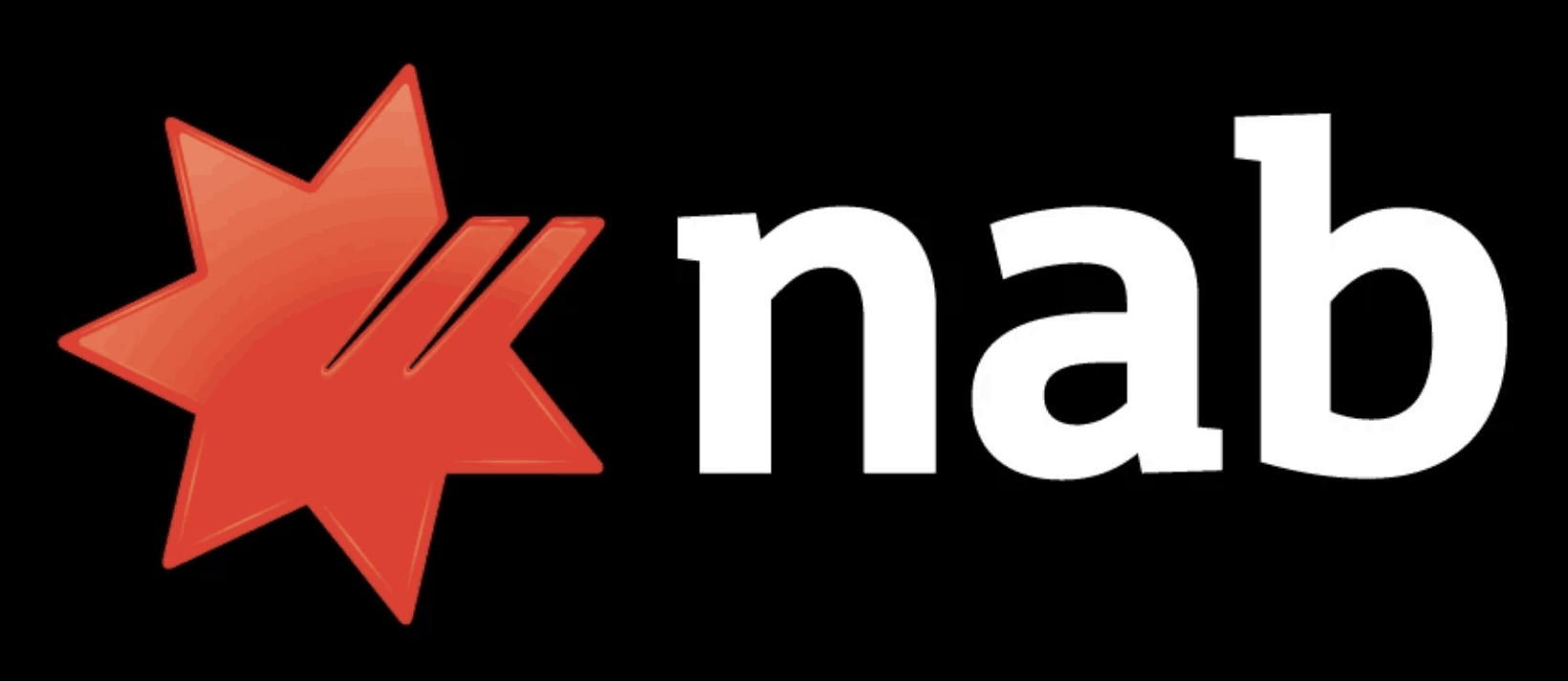Is the National Australia Bank Ltd (ASX: NAB) share price a strong buy?
The NAB share price remains down more than 30% from its pre-coronavirus level. When a blue chip drops that hard I think it's worth considering whether it could be an contrarian opportunity to buy it.
NAB and the other big four ASX banks of Commonwealth Bank of Australia (ASX: CBA), Westpac Banking Corp (ASX: WBC) and Australia and New Zealand Banking Group (ASX: ANZ) were smashed during the selloff. The worst point was 23 March 2020.
Thankfully the NAB share price has actually gone up 37% from its low in March.
The COVID-19 picture looks much better now for Australia than it did in March. But the economic pain could still take some time to cure. The OECD has warned that Australian GDP could fall by 5% in 2020. If there is another outbreak and a return of lockdowns then Australian GDP could fall by 6.3% in 2020.
What will the fallout be for NAB?
NAB revealed some of the expected pain in its recent FY20 half-year result. NAB said credit impairment charges increased 158.6% to $1.16 billion. As a percentage of gross loans and acceptances, credit impairment charges rose 23 basis points to 38 basis points.
FY20 first half charges included $828 million of additional collective provision forward looking adjustments, of which $807 million was a top-up to the economic adjustment to reflect potential COVID-19 impacts. In other words, NAB has provisioned $807 million for the COVID-19 pain. Higher bad debts result in a lower net profit and therefore a lower NAB share price is likely.
The market was already expecting the sort of economic pain reported in this year's interim report, that's why the NAB share price had fallen so much before the result was released.
Worryingly, NAB's loan arrears had been rising even before COVID-19. The ratio of loans that are more than 90 days past due increased by 18 basis points to 0.97% in the FY20 half-year result. At the end of FY19 this arrears ratio was 0.93%. The FY19 half-year result the arrears ratio was 0.79%. At the end of FY18 the loan arrears ratio was 0.71%. It has been steadily climbing.
Australia's success at flattening the curve is good news for the broader economy. But there are still specific sections of the economy which could struggle. International tourism may not return during 2020. Australia hasn't even managed to open the travel bubble with New Zealand yet.
However, if the NAB profit pain is less than expected by the market then the NAB share price could prove cheap today.
There were fears that the big ASX banks may not have provisioned enough money for how much COVID-19 will hurt the overall economy. Hopefully the current provisions are enough. There are signs it could be enough with the initial jobkeeper estimate being $60 billion higher than the expected real number.
What about the NAB dividend?
The NAB board decided to reduce the NAB interim dividend by 64% to 30 cents per share. This was obviously a large income hit to shareholders. But NAB acknowledged that the economic pain needed to shared across the bank, customers and shareholders. It could take a few years for the half-yearly dividend to return to something like $0.80 cents per share if the bank remains prudent with capital.
The decision to reduce the dividend was equivalent to $1.6 billion of CET1 ratio capital, or 37 basis points in percentage terms. The bank also did a large capital raising to increase its CET1 ratio, raising $3 billion from institutional investors alone.
Is it time to buy NAB at this share price?
The NAB share price is still a lot lower than it was before the COVID-19 hit. But interest rates are now a lot lower too, which means it could be harder for NAB to maintain profitability if the net interest margin (NIM) sinks.
I don't think NAB is a strong buy right now. Jobkeeper is expected to come to an end in September and that could cause more economic uncertainty. At this NAB share price I think I'd want to wait at least until November or December before buying.









